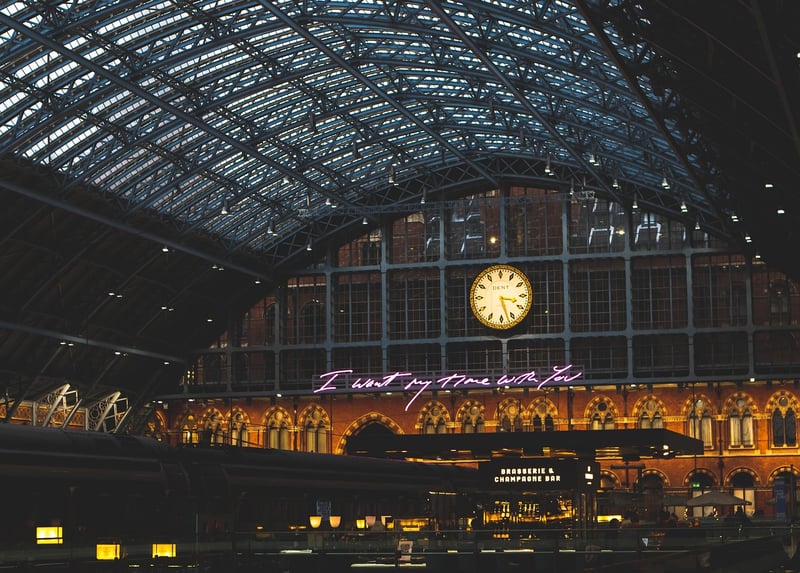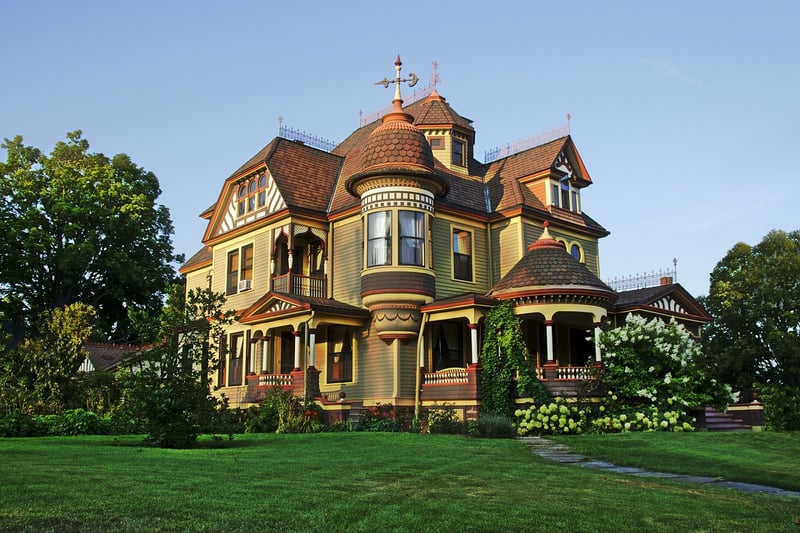Victorian Era
The Victorian Era: A Fascinating Journey Through Time

Embark on a captivating journey through the Victorian Era, a period of history renowned for its elegance, innovation, and societal transformations. From the early 19th century to the dawn of the 20th century, the Victorian Era marked a significant chapter in cultural, political, and industrial development.
Key Highlights of the Victorian Era:
- Queen Victoria's Reign: The era is named after Queen Victoria, who reigned from 1837 to 1901, making it one of the longest reigns in British history.
- Industrial Revolution: The period witnessed rapid industrial growth, leading to technological advancements and urbanization.
- Art and Literature: The Victorian Era produced renowned authors such as Charles Dickens, the Bronte sisters, and Oscar Wilde, creating timeless literary works.
- Victorian Architecture: Intricate designs, Gothic Revival style, and grandiose structures characterize the architectural marvels of the era.
- Social Changes: The era saw significant social reforms, including movements for women's rights, public health improvements, and the abolition of slavery.
Exploring Victorian Culture and Fashion:
Victorian society was characterized by strict social norms, elaborate etiquette, and a fascination with elaborate fashion. Women's clothing featured voluminous skirts, corsets, and intricate accessories, while men's attire included tailored suits and top hats.

Tea parties, elaborate balls, and leisurely strolls in grand gardens were popular pastimes among the Victorian elite, showcasing their refined tastes and social customs.
Legacy of the Victorian Era:
The Victorian Era left a lasting impact on art, literature, architecture, and societal norms, shaping the modern world in profound ways. Its influence can still be seen in various aspects of contemporary culture and remains a source of inspiration for many.
Immerse yourself in the enchanting world of the Victorian Era and discover the charm and complexity of this transformative period in history.
References:
